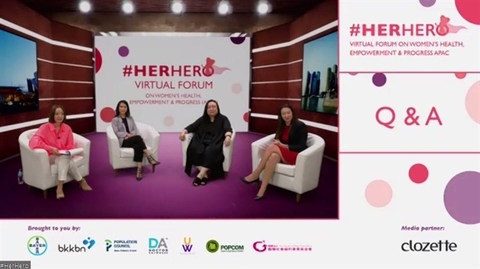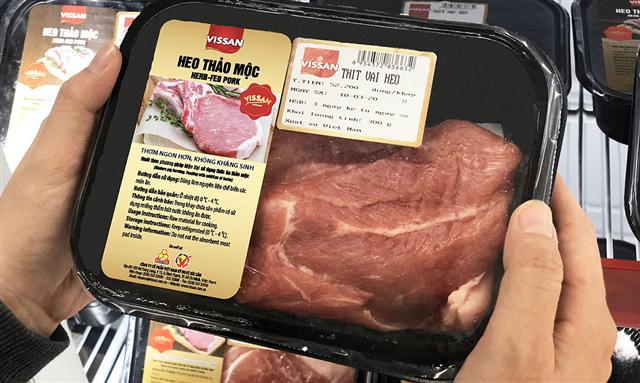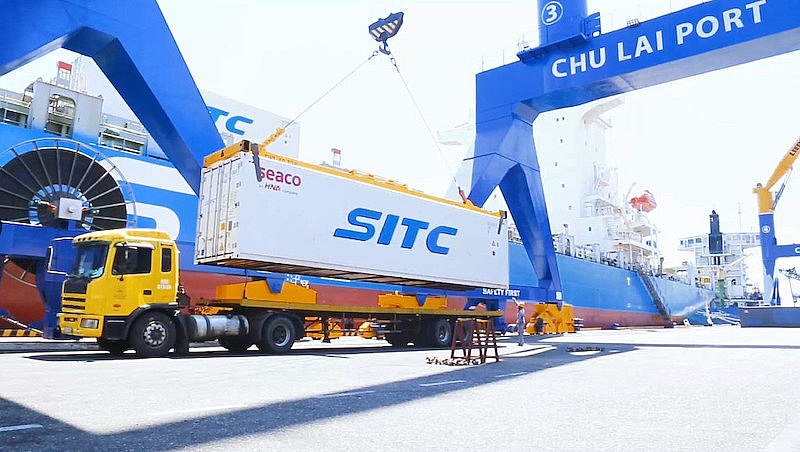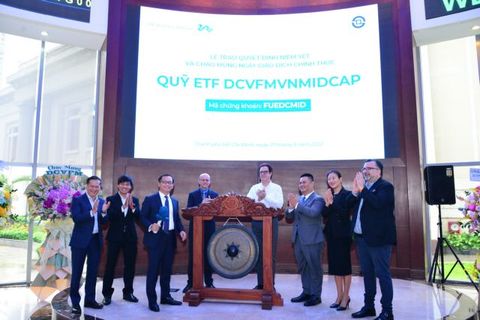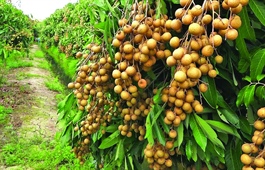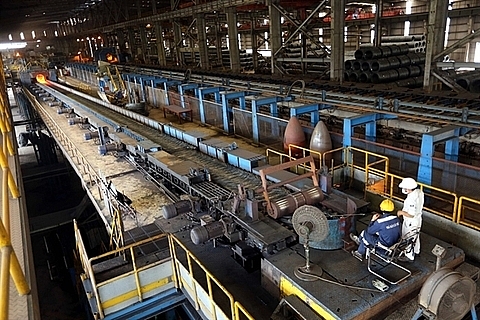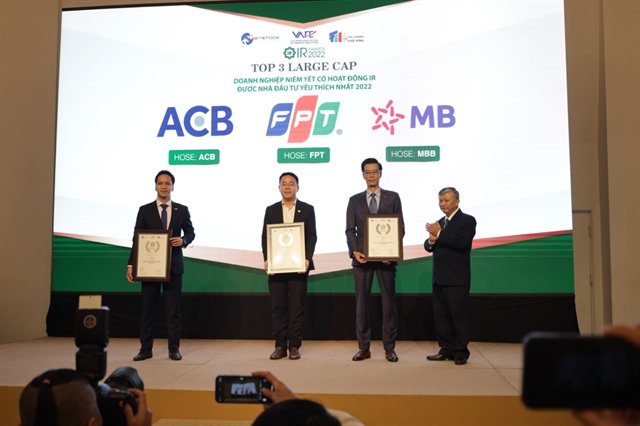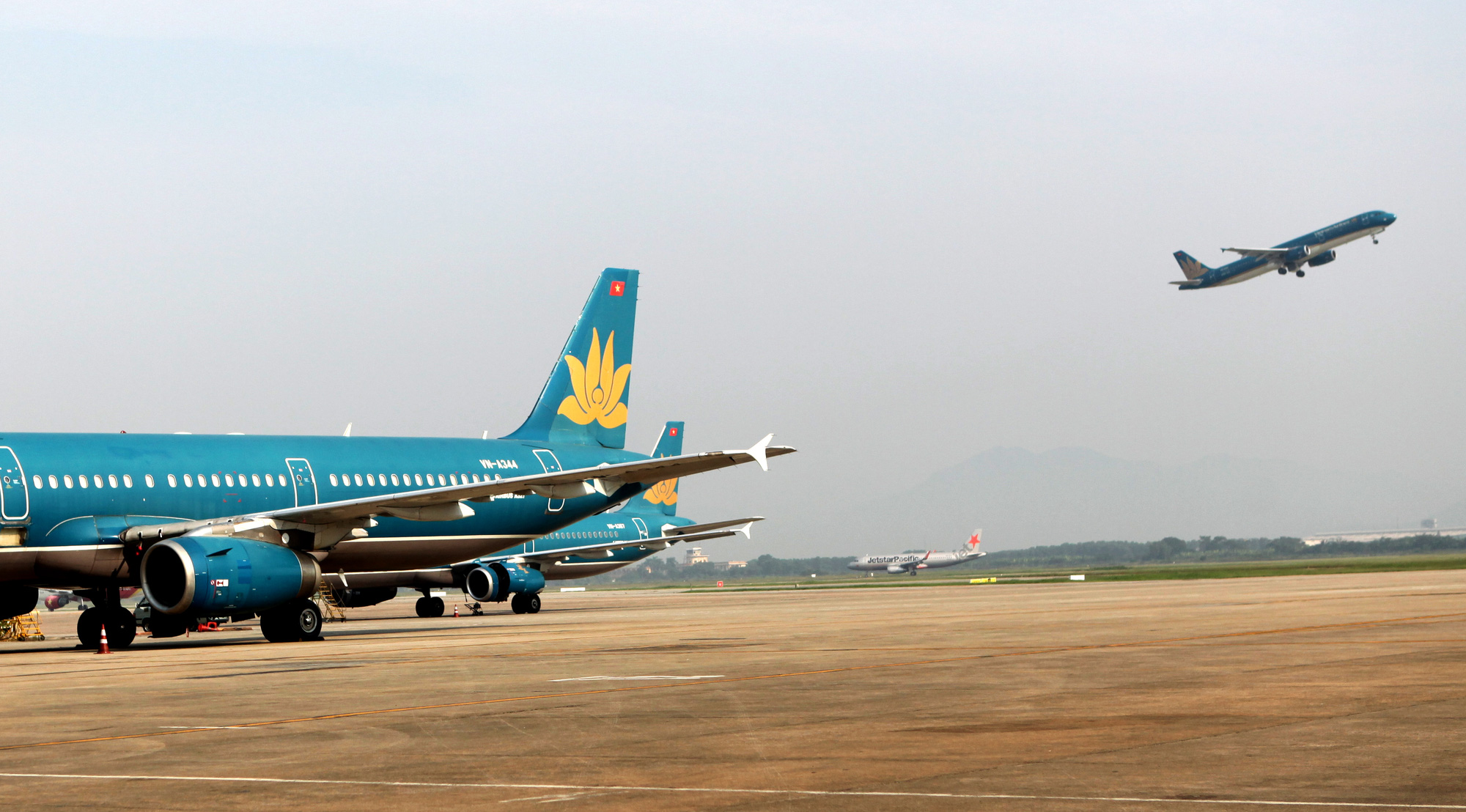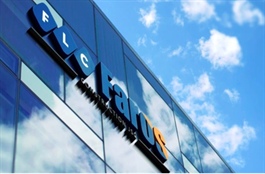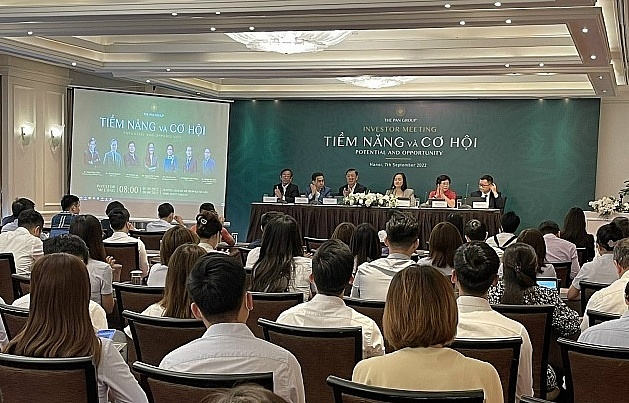Suspicion over Hoang Anh Gia Lai Group's (HAG) long-term growth trajectory
Suspicion over Hoang Anh Gia Lai Group's (HAG) long-term growth trajectory
Since exiting the real estate segment in 2012, privately-held Hoang Anh Gia Lai Group (HAGL) has continually been pivoting to the agriculture business. However, the business efficiency of the fresh approach remains vague.
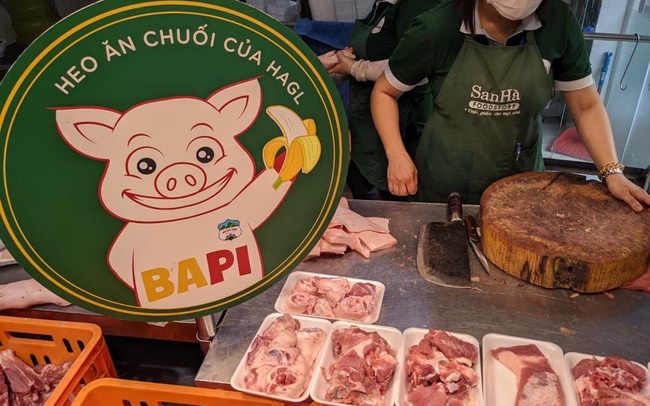
In light of the company’s fresh trajectory, next year HAGL would launch into the market with around 1,000 stores selling pork products from banana-eating pigs, of which franchised stores are accounting for 80 per cent.
Since the economic downturn back in 2008, Vietnam’s real estate market weathered stormy times. In late 2012, HAGL chairman Doan Nguyen Duc took a breakthrough decision of pivoting from real estate to planting rubber.
By 2012, the company posted revenue touching $159.4 million from real estate, construction, and mineral sale segments, making up 83 per cent of its total revenue. Thus, albeit these segments proved their core line, the company decided to pivot to a new area.
By 2014, its revenue witnessed a change with agricultural products such as sugar, corn, and rubber, contributing $64 million or 48 per cent of total revenue.
The company’s captain Duc noted that HAGL’s development has stepped into a new chapter.
To underpin the change, in 2012, HAGL injected $100 million into growing sugarcane and expedited a string of rubber planting projects.
In 2014, HAGL made its debut in the husbandry field, working on cow-raising strategies in Vietnam, Laos, and Cambodia.
In 2016, cow raising generated the company $150.6 million, representing 54 per cent of total revenue while sugarcane, corn, and rubber just contributed $31.2 million, accounting for only 11 per cent of total revenue.
As the revenue from cow raising had shown signs of a slide, chairman Dao Nguyen Duc shifted into fruit trees holding high expectations with passion fruit, red dragon fruit, and banana planting.
In 2017, following the shift into an agricultural firm growing fruit trees, HAGL once expected that passion fruits could bring exceptional growth and help the company to break into the Chinese market.
In 2018, HAGL’s revenue sum from fruits reached $126 million, making up 53.8 per cent of total revenue. By contrast, revenue from raising cows only contributed $5.5 million, equaling 2 per cent of total revenue.
By 2020, HAGL counted $99.26 million in revenue from fruit sales, making up 71.9 per cent of total revenue but down 21.2 per cent compared to 2018’s level. The revenue from cow raising was not mentioned.
In the first six months of this year, the company’s revenue structure once against saw a conversion in which pig sales contributed $19.7 million, representing 22.3 per cent of total revenue, and fruit sale sum further fell to $45 million, equal to 51 per cent of total revenue.
HAGL shifted to raising pigs, and the company’s captain Duc noted that HAGL’s development has stepped into a new chapter.
Duc also said that he lost sleep after finding the recipe for raising pigs with bananas which helps pigs to grow quickly.
As of June 30, HAGL, however, just reportedly possessed $5.1 million in equity, equal to 0.61 per cent of its total asset value, meanwhile, its debt payment obligation stood high at $392 million, accounting for 46.8 per cent of the company’s total capital sources.
Along with that, HAGL’s core business line has yet to generate profit. In the first half of this year, it incurred $5.9 million in losses, compared to the loss amount reaching $76.6 million in 2020 and $27.8 million in 2021.


